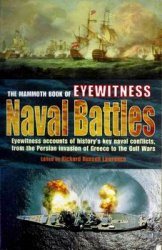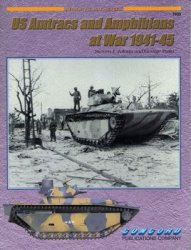Nothing had quite prepared the British public, however, for the scale of the American arrival. The first American troops to reach the UK landed in Belfast harbor in January 1942, and Americans were stationed in Northern Ireland throughout the war. Because of the threat of German invasion in 1940, most of the British forces had been based in southeast and eastern England. This left the western half of Britain for the arriving American armies. The final decisions to land American forces on the western invasion beaches of Normandy, and the British on the eastern beaches, had its origins in this purely practical solution to the problem of accommodating the Americans.
By spring 1944, as the plans for Overlord yftrt finalized, the British civilian population was playing host to the largest invasion force ever assembled in one place, of which about half was American. To make Bolero possible, the United States produced over 2,500 Liberty ships of 7,000 tons each as troop transports. The British contribution included the transport of 425,000 men in the ocean liners Queen MaryOinA Queen Elizabeth, adapted to each hold 15,000 men per trip. By 1944 the Allied domination of the sea and air was so complete that the transfer of American and Canadian troops to Britain across the Atlantic was completed virtually without loss.
The Britain to which the GIs came was a gloomy and depressing country, and this had little to do with the weather. In order to defeat Germany, Britain had organized itself for war to a greater degree than any other member of the Allies, conscripting even women after 1941. Over half the working population was either in uniform or in civilian war employment, and half the national income was devoted to war expenditure. Strict rationing, an average working week of 50 hours, and some
295,000 civilian dead and injured in air raids all contributed to an air of war. weariness in a country which had little to cheer about in its fifth year at war.
A nation traditionally wary of foreigners accepted its army of friendly occupation with remarkably good grace, although some suspicion and trouble on both sides was inevitable. The arrival of American troops far from home in a remote Cornish or Scottish village usually meant a sudden increase in prices, and a corresponding shortage of alcohol and dancing partners for the local men. Compensations ranged from razor blades and candy to American charm and the music of Glenn Miller.
The United States’ armed forces were still segregated, with black troops mainly used in non-combat roles. Britain had for centuries had its own small black communities, but these existed only in the major ports, while Indian, West Indian and African troops of the British Empire were usually stationed overseas, and none were intended to fight in Normandy. Most people in Britain had simply never seen black soldiers before, and probably many believed the story that American blacks were specialist nightfighting troops with artificially darkened skins. Generally, as in all their dealings with their Allies, the British accepted the American practice of segregating their troops, while reacting with angry disbelief to American behavior outside their own experience, such as the racist attitude of many white American officers or the rare cases of serious violence between white and black troops.
By D-Day, some British people seemed to be getting almost as weary of the Americans as of the war, and both governments were acting to encourage better relations and understanding between their peoples. But as with all news, the bad was being reported more readily than the good, and the predominant American memory of Britain was of friendly people.
Just as the Anglo-American alliance coped with its strains surprisingly well, so over 70,000 British girls married GIs immediately after the war and returned home with them.
By June 1944, Bolero had done its work. The Allied forces assembled for D-Day numbered over 1,700,000 British troops, 1,500,000 Americans, 175,000 Dominion troops (chiefly Canadians) and 44,000 from other allies. Over 1,300 warships, 1,600 merchant ships, and 4,000 landing ships and craft were available for the liberation campaign, together with 13,000 aircraft (including 5,000 fighters and 4,000 bombers) and 3,500 gliders. In terms of fighting troops, the British had three armored divisions, eight infantry divisions, two airborne divisions and ten independent brigades ready for Normandy, plus one Canadian armored division, two infantry divisions and one independent brigade. There was also a single Polish armored division and a parachute brigade, both equipped by the British. The Americans with their much greater resources had six armored divisions (out of 16 which would fight in Europe before the end of the war), 13 infantry divisions and two airborne divisions waiting in Britain, and more still training in the United States.
The tactical air forces for direct support of these armies numbered some 100 RAF or Commonwealth squadrons (1,200 aircraft) and 165 USAAF squadrons (2,000 aircraft). Simply to assemble such a force had been a colossal undertaking,




 World History
World History









